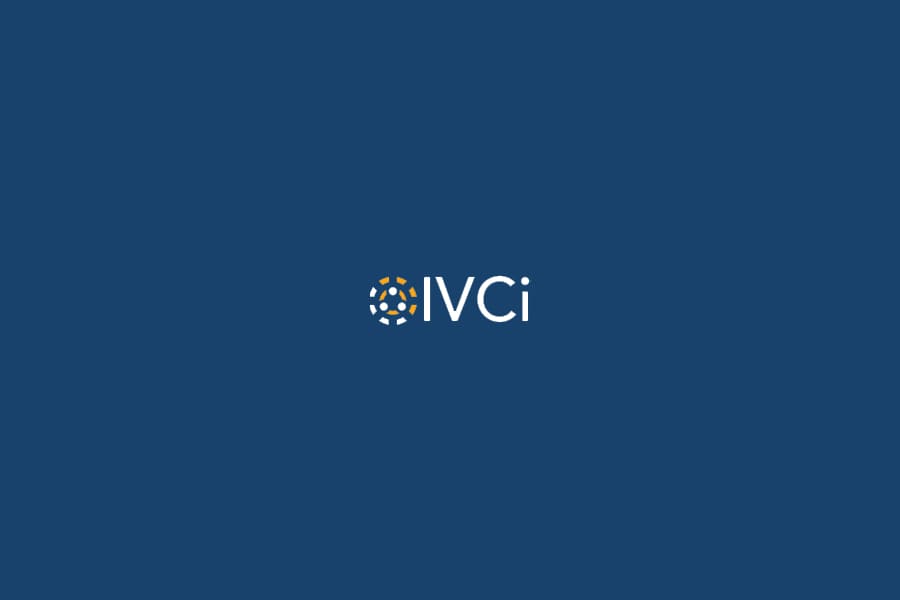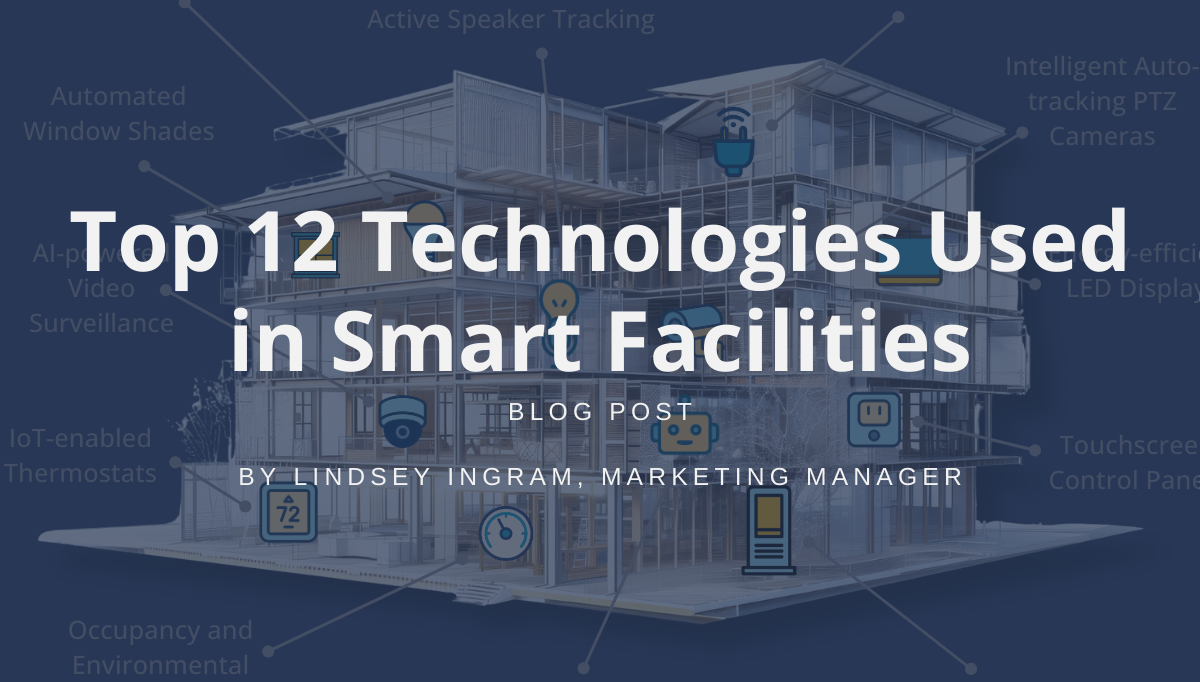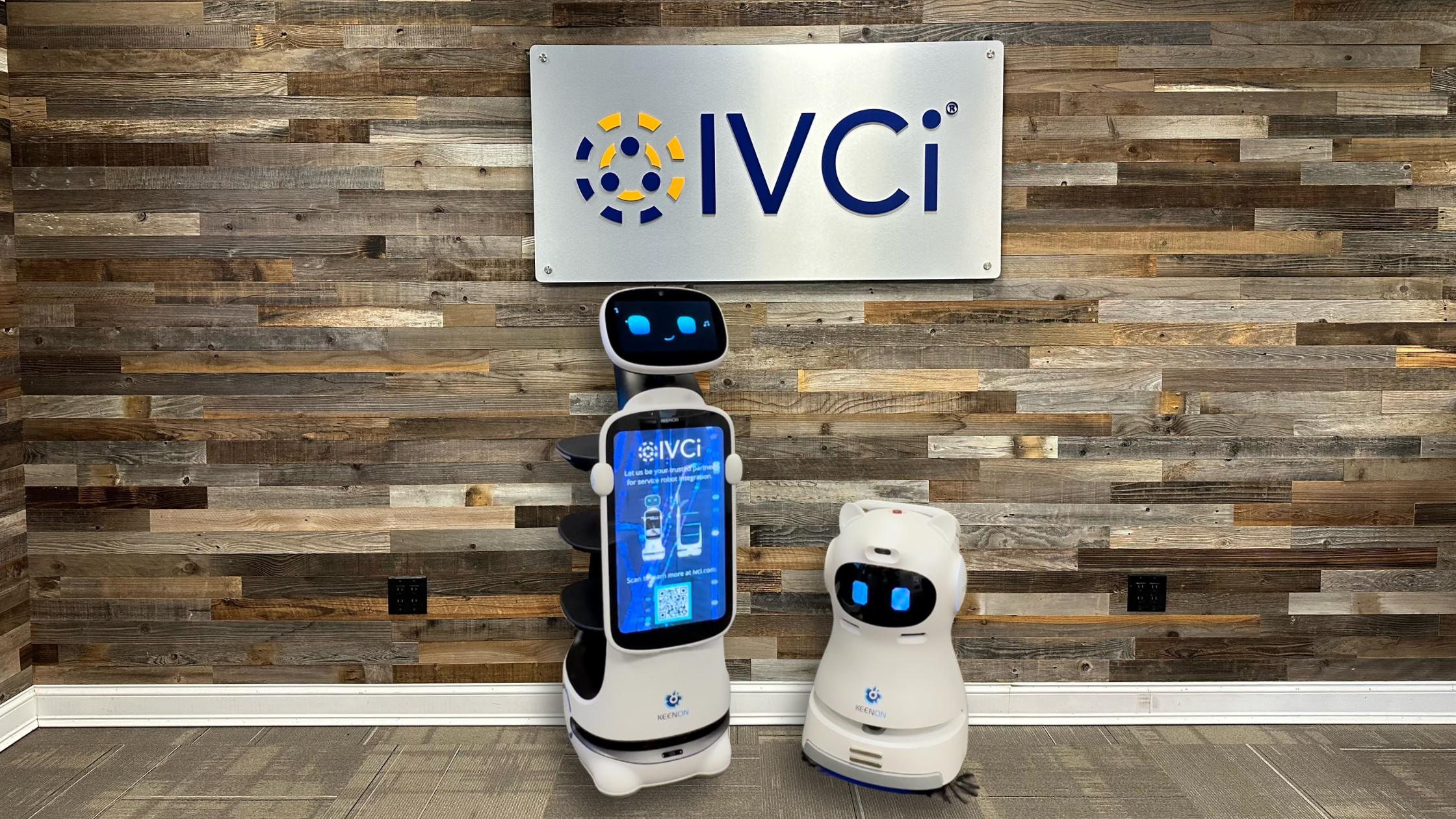If your organization had to make fast and drastic changes when COVID-19 hit, there’s a good chance you adopted the tools that were most readily available to you and fit your needs and budget on a basic level. After all, there was no way to know that the need for remote work would last years — forever for some companies.
Now that remote and hybrid work have become the norm for most, it’s important for companies to upgrade their teleconferencing tools to create a more efficient, effective, and secure long-term solution. It can help businesses and organizations hold team meetings, host webinars, provide demos, conduct interviews, stream lessons, provide telehealth visits, and so much more.
We’ve put together some guidance for the best tools for great video teleconferencing, broken down by category.
Software
There are a number of video conferencing software options on the market right now, as they are essential for teleconferencing. You’ll need not only a reliable connection, but security features and user-friendly functionalities. For example, calendar integrations and password protected meetings are standard practice for workplace teleconferences.
Displays and Screens
Having crystal-clear video quality most closely mimics an in-person experience, making for a better meeting or presentation. While many individuals will be using their laptops or desktop monitors, consider placing larger LCD or 4k displays in shared spaces like classrooms or huddle rooms.
Cameras and Microphones
Cameras and microphones are arguably the most essential tools for your organization’s communication strategy. While you may have been able to previously get by using the built-in features of your individual device, having additional equipment can drastically improve quality. This comes into play when hosting virtual events, conducting high-stakes business meetings, or in instances where you need to change locations and cannot rely on using built-in features as your device may change.
Speakers and Headsets
Similar to cameras and microphones, many people have been utilizing the built-in speakers on their devices. But for the best experience, users should consider using additional speakers or headsets. Headsets can be especially valuable for working in either a shared space or at home, as they block out environmental noise and allow the user to give the speaker his or her full attention — this is a component of in-person meetings that is hard to replicate in a remote setting.
Internet and Cloud Connectivity
An important part of great teleconferencing is the ability to do it anywhere, anytime, from any internet connected device. Having easy to use (preferably wireless) Internet connections readily available is important for facilitating fast and efficient meetings. Hosting meetings and supporting documentation in the cloud is also beneficial, especially if you have multiple locations or utilize a hybrid work arrangement, since teams can collaborate, view/edit documents, and start a new meeting from anywhere.
There are definitely a lot of components to consider for a great video teleconferencing strategy. Working with an AV integrator can help you not only develop a strategy for better video conferencing but take on the role of putting those systems in place and providing support every step of the way. Reach out to the team at IVCi to learn more about how an AV technology integrator can help you.





